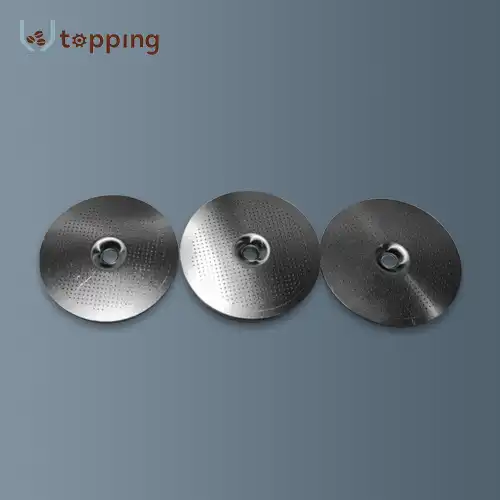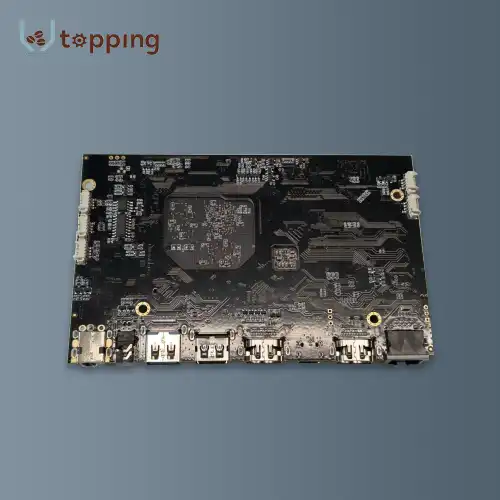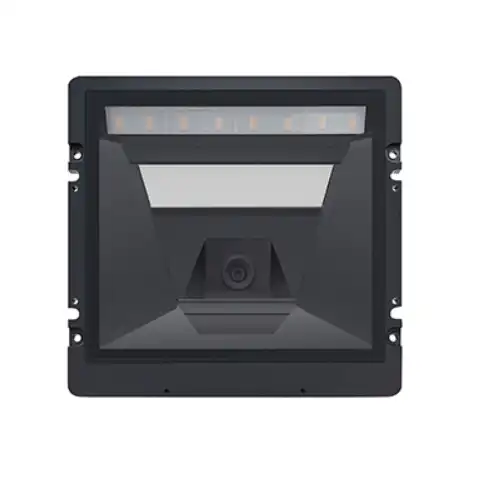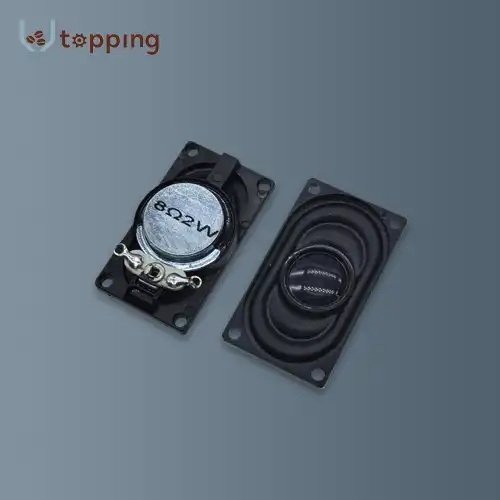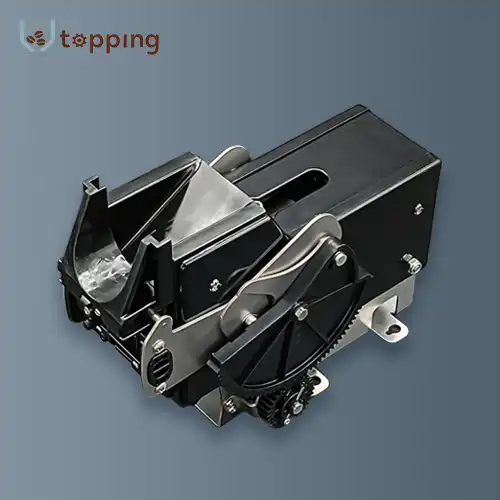What Is Hopper Coffee?
2024-07-01 14:03:07
Understanding the work and significance of the coffee bean hopper on a coffee bean hopper is basic for any espresso fan. The compartment assumes a urgent part during the time spent making coffee since it guarantees dependable work quality, jam bean newness, and keeps up with neatness. Whether you're a casual coffee drinker or a meticulous barista, using the hopper correctly and keeping it clean will improve your experience with espresso fermentation.
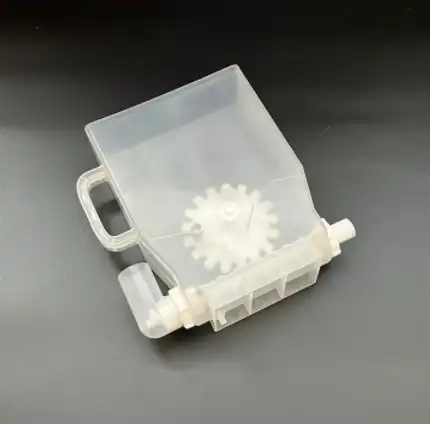
What is the Primary Function of a Coffee Bean Hopper?
Espresso beans are stored in the coffee bean hopper until they are ground. The compartment, which can be found at the most noteworthy mark of an espresso or coffee processor, works on it to store beans and get to them. Its primary function is to load the beans into the grinder consistently and smoothly. In order to produce high-quality coffee, this ensures that the grinding process runs smoothly and that all of the coffee grounds are the same size.
The Mechanics Behind a Coffee Bean Hopper
The design of a hopper usually includes a sloped interior that guides the beans toward the grinder. The hopper's capacity can vary significantly, ranging from small home-use models that hold a few ounces to large commercial versions that can store several pounds of beans. When you activate the grinder, the beans flow from the hopper into the grinding mechanism, where they are processed into grounds.
How Does the Hopper Affect Coffee Quality?
Maintaining the consistency and quality of coffee grounds necessitates a working coffee bean hopper. The extraction process and the flavor of the coffee are directly affected if the beans are fed unevenly into the grinder. This can lead to an inconsistent grind size. During brewing, consistent grinding ensures that water flows evenly through the coffee grounds, extracting the appropriate amount of flavors and aromas for a balanced cup of coffee.
Besides, a few hoppers accompany highlights like water/air proof seals and UV insurance to additional save the newness of the beans. These elements forestall openness to air and light, which can make beans old and lose their flavor.
The Pros and Cons of Storing Beans in the Hopper
Storing coffee beans in the hopper can be convenient, especially if you frequently use your coffee machine. It allows for quick and easy access to beans without the need to measure out each time you want to make a cup of coffee. However, there are some considerations to keep in mind:
Pros:
- Convenience: Beans are readily available for grinding and brewing.
- Efficiency: Reduces the time and effort required to measure and transfer beans.
Cons:
- Exposure to Air: Hoppers are not completely airtight, which means beans can be exposed to air, causing them to stale faster.
- Light Exposure: If the hopper is clear, light can also affect the quality of the beans over time.
- Limited Freshness: Beans stored in the hopper for extended periods may lose their freshness and flavor.
Best Practices for Storing Beans in the Hopper
To maintain the freshness and quality of your coffee beans while using a coffee bean hopper, consider these best practices:
- Use Small Quantities: Only store enough beans in the hopper for a day or two of use. This minimizes exposure to air and light.
- Airtight Containers: For long-term storage, keep the majority of your beans in airtight containers and refill the hopper as needed.
- Clean Regularly: Regularly clean the hopper to remove any residual oils or coffee particles that can affect the flavor of your beans.
- Proper Placement: Place your coffee machine in a cool, dark place to reduce the impact of temperature fluctuations and light exposure on the beans in the hopper.
Alternatives to Storing Beans in the Hopper
The best method is to grind the beans just before brewing for those who value freshness. This guarantees the best flavor and aroma. Involving impermeable compartments with one-way valves for putting away your beans can assist with saving their newness. These compartments permit gases to escape without giving air access, keeping up with the beans' ideal condition until they are fit to be utilized.
How to Maintain and Clean a Coffee Bean Hopper?
Importance of Cleaning Your Hopper
For the sake of preserving the quality of your coffee, it is essential to clean the hopper. Over the long run, espresso oils and particles can gather in the container and processor, influencing the kind of your beans and the exhibition of your processor. Normal cleaning forestalls these developments and guarantees that your espresso machine works productively.
Steps for Cleaning the Hopper
To keep your hopper clean and in good condition, follow these steps:
1. Empty the Hopper: Remove any remaining beans before starting the cleaning process.
2. Disassemble the Hopper: If possible, detach the hopper from the grinder for thorough cleaning.
3. Wash with Warm, Soapy Water: Use warm, soapy water to clean the hopper. Avoid using harsh chemicals or abrasive materials that could damage the hopper.
4. Rinse Thoroughly:Ensure that all soap residue is washed away to prevent it from affecting the taste of your coffee.
5. Dry Completely: Allow the hopper to air dry completely before reassembling it and refilling it with beans.
Regular Maintenance Tips
For more thorough cleaning and maintenance, consider the following tips:
- Brush Off Residues: Use a brush to remove any coffee particles stuck in hard-to-reach areas.
- Use Cleaning Tablets:Some grinders can be cleaned with specialized cleaning tablets that help remove buildup from the burrs and interior surfaces.
- Inspect and Replace Parts: Regularly check the hopper and grinder components for signs of wear and tear. Replace any damaged or worn parts as needed to maintain optimal performance.
Preventing Odors and Stains
To prevent odors and stains from affecting your coffee beans, follow these tips:
- Avoid Overfilling: Do not overfill the hopper, as this can lead to beans being exposed to air for too long.
- Store in a Cool, Dry Place: Keep your coffee machine in a cool, dry place to prevent heat and humidity from accelerating the staling process.
- Use Fresh Beans: Regularly rotate your stock of beans to ensure you are always using fresh coffee.
Conclusion
You can basically improve your coffee mixing experience by learning what holder coffee is and how to use a coffee bean hopper effectively. The compartment assumes a urgent part during the time spent making coffee since it guarantees dependable work quality, jam bean newness, and keeps up with neatness. Whether you're a casual espresso drinker or a meticulously prepared barista, using the container correctly and cleaning it can help you get the best possible espresso.
References
1. Coffee Confidential. (2023). "Coffee Storage: Keeping Your Coffee Fresh." Retrieved from https://coffeeconfidential.org
2. Perfect Daily Grind. (2023). "How Long Do Coffee Beans Stay Fresh?" Retrieved from https://perfectdailygrind.com
3. Coffee Geek. (2023). "The Ultimate Guide to Coffee Bean Freshness." Retrieved from https://coffeegeek.com
4. Home Grounds. (2023). "Best Practices for Storing Coffee Beans." Retrieved from https://homegrounds.co
5. Serious Eats. (2023). "How to Store Coffee Beans to Keep Them Fresh." Retrieved from https://seriouseats.com
6. Sprudge. (2023). "The Science of Coffee Bean Storage." Retrieved from https://sprudge.com
7. Bean Box. (2023). "How to Store Coffee Beans: Tips for Freshness." Retrieved from https://beanbox.com
8. Blue Bottle Coffee. (2023). "Coffee Storage: What You Need to Know." Retrieved from https://bluebottlecoffee.com
9. Coffee Review. (2023). "Maximizing Coffee Freshness: Storage Tips." Retrieved from https://coffeereview.com
10. National Coffee Association USA. (2023). "How to Store Coffee Beans for Maximum Freshness." Retrieved from https://ncausa.org
Send Inquiry
Related Industry Knowledge
- How do you make coffee with a sieve?
- What Are the Most Commonly Replaced Coffee Vending Machine Spare Parts?
- How stable is Control Board For Vending Machine over different temperature and voltage ranges?
- What Are the Key Features to Look for in a Coffee Grinder Motor?
- Can you install a camera in a vending machine?
- Are Automatic Cup Dispensers More Efficient Than Manual Ones?
- How to Clean Coffee Grinder Motor?
- How Do You Clean a Plastic Coffee Hopper?
- How Much Coffee Beans to Put in a Hopper?
- How does the valve coffee machine work



